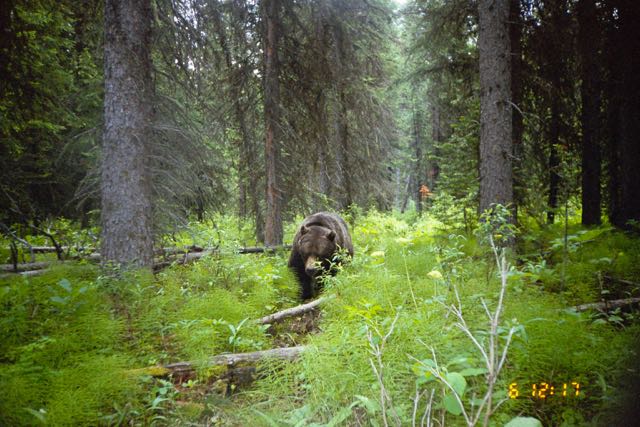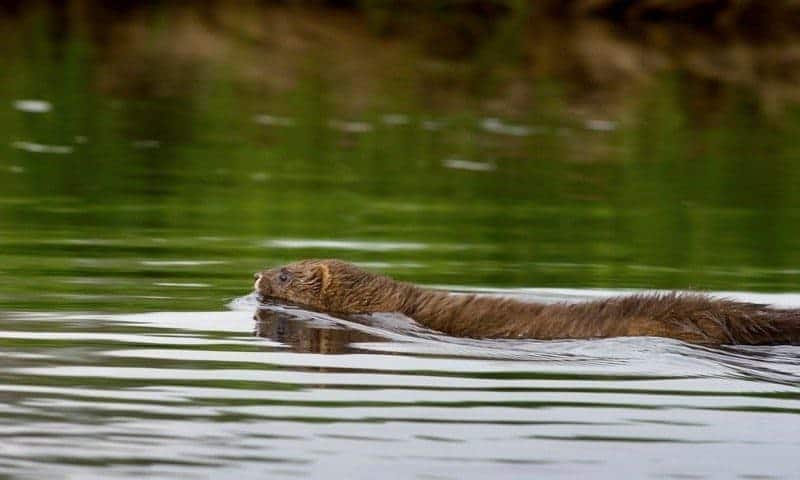How to bring halt to wild bee decline
Researchers have published a study in which they conclude that the number of wild bee species are rapidly decreasing. They came to the conclusion that 25% of species reported before the 1990s are not recorded between 2006 and 2015. However, this does not mean that these wild bee species have gone extinct. It may just mean that they have become so scarce that people do not longer spot them in the wild.
Please also read: Global insect numbers continue to drop
Insect abundance continues to decrease
Another group of researchers published their results from a study on global insect abundance. They found that it is declining by 10-20% each decade. When this continues to fall at such a rate, it will soon “tear apart the tapestry of life” say the researchers. The wild bee recordings include over 20 000 bee species from around the world. While some species are declining more than others, there are also wild bee species on the rise. Nevertheless, a lack of proper scientific data from tropical regions makes it difficult to truly gasp the global bee declines. Meanwhile, the British government allowed farmers to use neonicotinoids again on sugar beet crops. Surprisingly, as the EU and the UK banned the use of this harmful pesticide in 2018.
Flower diversity could help the wild bees
If we cannot seem to adhere to agreements to avoid using harmful substances, how to mitigate the negative impacts of insecticides? Researchers from the Universities of Göttingen and Hohenheim, together with the Julian Kühn Institute, looked into the role of flower diversity. In an experiment, they tested the reproduction success rate of the red mason bee. The red mason bee is an important bee species, both from ecological and economic perspective. To ensure reproductive success, wild bees need to provide their offspring with pollen. When the bees were kept in areas with mixed flowers, their reproduction was twice as high compared to areas with only a single flowering plant species.
Under conditions where the researchers applied insecticides on the flowers, the reproductive success collapsed. However, the success rate only collapsed in situations with flower monocultures. The experiment suggests that flowering plant diversity helps to mitigate the negative impact on wild bee reproduction.
If sufficiently diverse flowers are available in the agricultural landscape, this could counteract the negative effects of monocultures and insecticides.

Alpine wildflower meadows
Protecting and preserving wildflower meadows is one of the solutions that could help to prevent further wild bee declines. Especially in rural alpine regions, such meadows are prone to overgrowing when occasional grazing activities stop. Local livestock farmers are raising awareness about the situation, and people are establishing numerous initiatives to support the farmers. With the return of large carnivores, we must protect livestock sufficiently against predation to continue grazing on alpine pastures. As part of the LIFEstockProtect project, in which the European Wilderness Society is involved, a scientific analysis is carried out to assess the impact of grazing on the mountain biodiversity. This will help us to understand the drivers and factors impacting biodiversity on alpine meadows better. And as a result, tailored activities can be planned to support the biodiversity conservation at landscape level.









